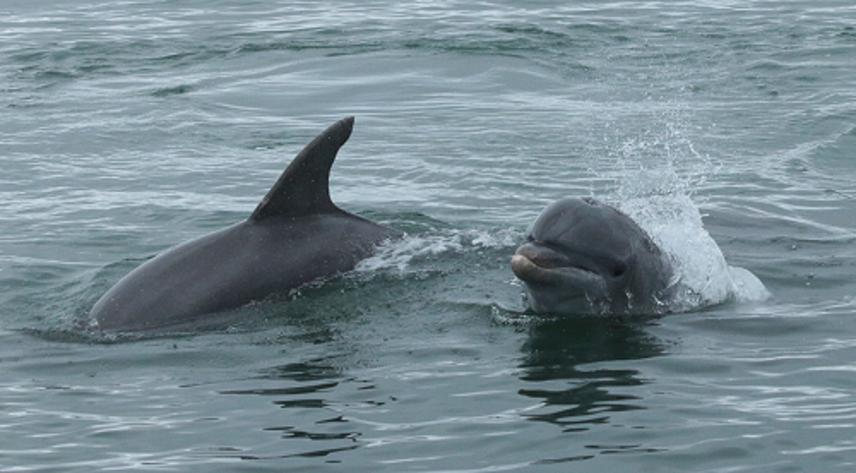Dalia Carolina Barragán Barrera
Other projects
11 Oct 2012
The Effect of Dolphin-Watching on Different Bottlenose Dolphin Ecotypes in Bocas del Toro (Panama): Studying Behaviour Responses Combined with Genetic Structure
13 May 2014
Studying Genetic Structure and Boat Disturbance on Individual Behaviour of an Isolated Coastal Population of Bottlenose Dolphins in Bocas Del Toro, Panama
8 Dec 2015
Studying the Foraging Ecology, Heavy Metals Bioaccumulation and the Health Status of the Bottlenose Dolphins of Bocas Del Toro, Panama
20 Nov 2017
Studying the Ecological Isolation and Physiological Response to Anthropogenic Stressors of a Vulnerable Bottlenose Dolphin Population in Bocas Del Toro, Panama
During last 15 years we have been studying the biology of a small and genetically isolated population of bottlenose dolphin in the Archipelago of Bocas del Toro. Our research identifies tour-boat activity as their main threat. In addition, 46% of calves do not survive their first year of life, 73% of the population shows signs of emaciation and skin conditions, and preliminary data indicates dolphins stress levels increases with increasing boat presence. In light of these findings, goals of this study include: 1) to document the physiological responses of dolphins to boat traffic based on cortisol hormone (related to stress) and reproductive hormones (given the consequences of stress on reproductive success); 2) to study the degree of inbreeding since it has been reported that inbred females have low calving success; and 3)to request to the Panamanian government to protect dolphins habitat and enforce the dolphins-watching regulations in Bocas del Toro.

Dolphins in BDT. © Dalia Barragán-Barrera.
For the past 15 years, we have been documenting the life history of the bottlenose dolphins of Bocas. During this time, we have identified that this is a resident population of around 72 and 87 dolphins, genetically isolated, which is primarily found in Dolphin Bay, a critical area in the Archipelago for mothers-calves. However, preliminary findings suggest only 54% of the calves survive their first year of life. Considering the small size of this population and the high philopatry of both sex, one of our goals is to determine the degree of inbreeding, which is found to be a cause of high calves’ mortality.
Dolphin Bay is also the area where tour-boat-dolphin interactions occur on daily basis, and this touristic activity with associated noise appear to be the main threat to this population. The presence of tour boats and the noise produced by their engines has been shown to disrupt important behaviours like foraging and socializing. Furthermore, dolphins change the acoustic structure of their contact calls to reduce signal masking. The last field season we found that an alarming 73% of the dolphins showed signs of emaciation, skin conditions, and body injuries. Evidence of a dolphin low-calorie diet (which demands more foraging time) and mercury bioaccumulation can make this dolphin population’s health more vulnerable to an increasing tour-boat fleet and continuing aggressive behaviours.
Additionally, intense boat traffic and associated noise can generate stress in this population. The consequences of constant and elevated level of stress can result in low fitness and a weakening of the immune system. Considering the background of this population, another goal of this study is to quantify the concentration of the stress hormone cortisol. Our preliminary work based on 26 biopsies suggests that cortisol levels increase during high tour-boat activity months. Moreover, because stress can impact animal reproduction, we will also measure the hormones progesterone and testosterone to better understand the extend of the impact of tour boat traffic on this dolphin population. This will be the last piece of solid evidence we need to argue for protection of dolphins’ critical habitat, and enforcement of dolphin-watching regulations in Bocas del Toro.
Header: Dolphin biopsy. © Dalia Barragán-Barrera.